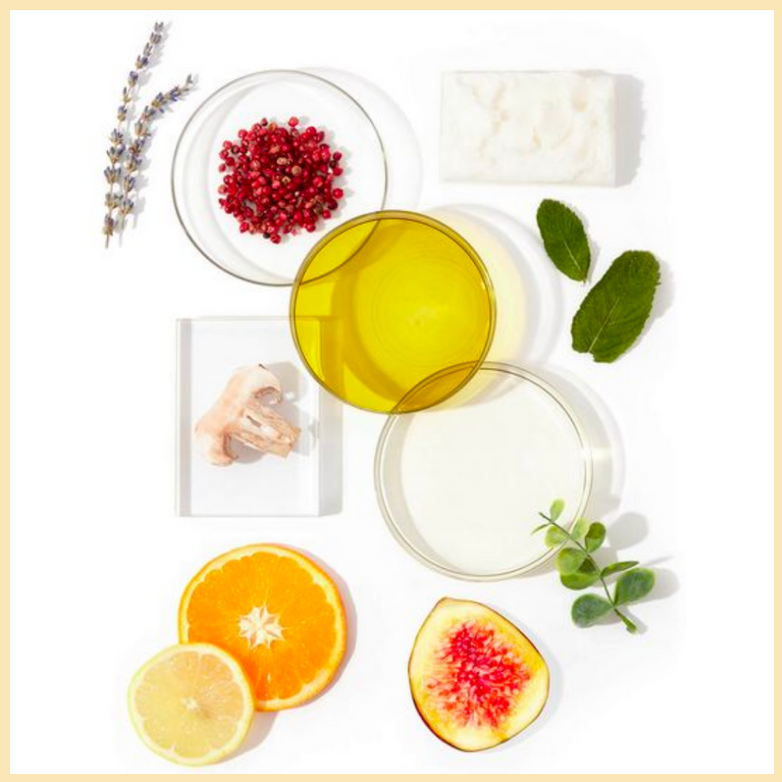How To Use Skincare Ingredient Databases
Today’s skincare consumers are savvier than ever, and we are all for doing some research before buying a product. One of the easier ways to filter through a bunch of new products is to check the packaging for helpful labels. You’ll often find instructions for use, skin type suggestions, expected results…oh yes, and the ingredient list.
Wading through the ingredient list often isn’t as easy. “Aloe extract” isn’t difficult to figure out, but what could “ethylhexylglycerin” be? And what kind of plant is “nelumbo nucifera”? Needless to say, sometimes we need a little help in this department, and that’s when many people turn to ingredient databases and apps.
What is a skincare ingredient database?
To put it simply, these databases are meant to tell consumers what the individual ingredients in their skincare are, and what they do. Many of them also have some kind of rating system, based on criteria the platform sets out. Websites like CosDNA, EWG Skin Deep Cosmetics Database, and Skincarisma base their ratings on whether a product could be irritating, how environmentally sound it is, or whether it contains unsafe ingredients. There are also apps like Think Dirty and Good Face App you can use on the go.
The missing factors
One of the criticisms about some of these databases is the reliability of the information they’re giving. Some definitely have more science to back them up than others. Not all platforms cite sources, and a few go so far as to rate a product, even when they indicate that they have little to no scientific data to support the score.There’s also the fact that these platforms all have their own agenda and can definitely be used as marketing tools. The ratings are based on their own criteria and self-judged, which means that the ratings on different platforms don’t always agree with each other. Some platforms are backed by specific interest groups, or even by brands that have a stake in pushing their own products.
One of the biggest issues is that consumers aren’t all scientists, and can’t always interpret the information accurately. We don’t know how compounds react with each other. We don’t know why specific ingredients are included in the formula. Some things may appear very harmful when they appear alone (like pH adjusters, which are dangerous alone or in high concentrations), but when used in small amounts in a formula help create pH balanced products that are beneficial to our skin. Concentration, purpose, and interaction between ingredients are all important factors that aren’t often addressed.
How to use an ingredient database
So what is the best way to use an ingredient database or app? First off, don’t believe all the claims a platform makes just because it popped up in your search results. Make sure the database is based on sound, scientific facts, and is clear about where their research is coming from.
Databases are most useful when you’re looking for specific information. If you have sensitivities to certain ingredients and want to check whether a product has that ingredient, a database is a great place to check it out. On the other hand, if you aren’t sure what caused a reaction in the latest thing you’ve tried, you could go on the database and see if there are any possible irritants.
A database is a good way to look up the properties of products. Looking at the list can tell you whether a product has exfoliating properties, is brightening, or is high in antioxidants. If you really like a product, it’s also a good place to look for products with similar ingredients that worked well on your skin.
Take it with a grain of salt
When you look at the ingredient list of a recipe, many of the ingredients don’t sound appealing on their own. No one wants to eat a cup of flour, and it probably isn’t healthy. However, when mixed with other ingredients and put through the proper processes, it becomes something delicious and good. It’s very hard to compress all the factors into a single rating, and even then, the information won’t tell you whether or not it will work for your specific skin. While looking at individual ingredients can give you an idea of what they do, make sure you look at the whole picture and take your cues from trusted sources.Are you using an app to check the ingredients? Do you find it accurate? Let us know in the comments below!


















































